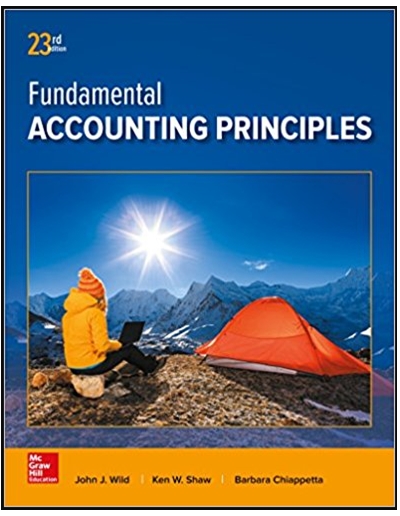Liang Company began operations on January 1, 2016. During its first two years, the company completed a
Question:
2016
a. Sold $1,345,434 of merchandise (that had cost $975,000) on credit, terms n∕30.
b. Wrote off $18,300 of uncollectible accounts receivable.
c. Received $669,200 cash in payment of accounts receivable.
d. In adjusting the accounts on December 31, the company estimated that 1.5% of accounts receivable will be uncollectible.
2017
e. Sold $1,525,634 of merchandise on credit (that had cost $1,250,000), terms n∕30.
f. Wrote off $27,800 of uncollectible accounts receivable.
g. Received $1,204,600 cash in payment of accounts receivable.
h. In adjusting the accounts on December 31, the company estimated that 1.5% of accounts receivable will be uncollectible.
Required
Prepare journal entries to record Liang's 2016 and 2017 summarized transactions and its year-end adjustments to record bad debts expense. (The company uses the perpetual inventory system and it applies the allowance method for its accounts receivable. Round amounts to the nearest dollar.)
Accounts Receivable
Accounts receivables are debts owed to your company, usually from sales on credit. Accounts receivable is business asset, the sum of the money owed to you by customers who haven’t paid.The standard procedure in business-to-business sales is that...
Fantastic news! We've Found the answer you've been seeking!
Step by Step Answer:
Related Book For 

Fundamental Accounting Principles
ISBN: 978-1259536359
23rd edition
Authors: John Wild, Ken Shaw, Barbara Chiappett
Question Posted:





